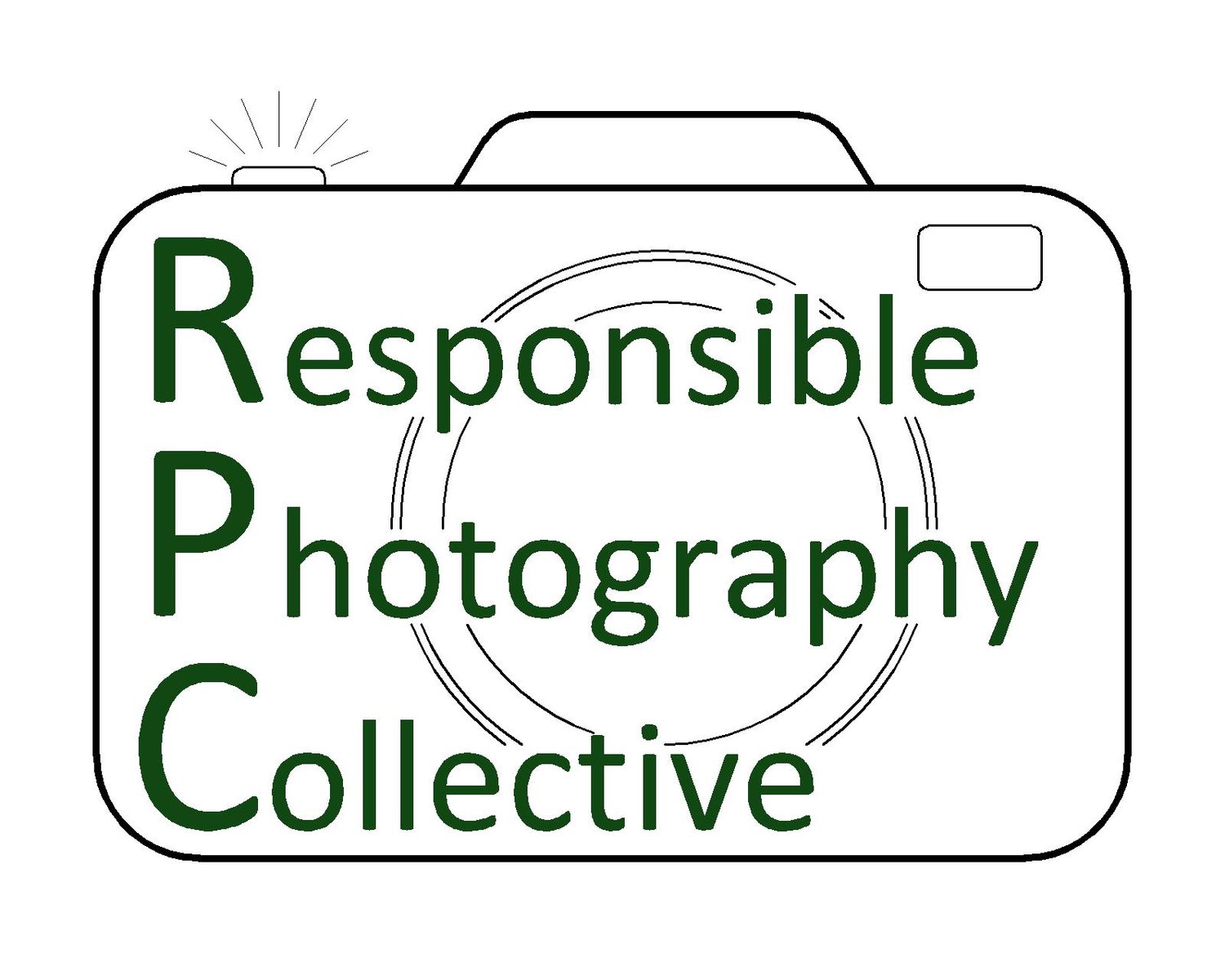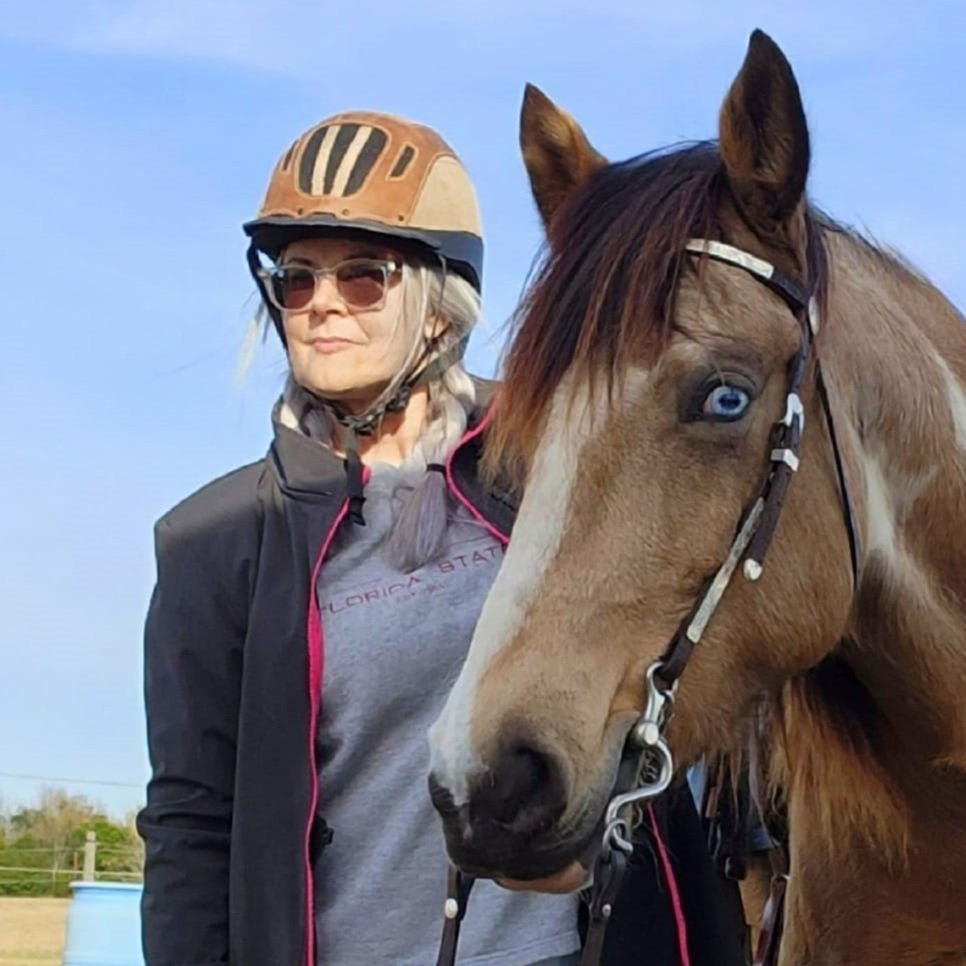Bridging the Gap: Responsible Photography and Trail Etiquette for Equestrians
January 30, 2024 Written by Tina Ashford
As a passionate equestrian and photographer, I'm fortunate to spend countless hours exploring the beauty of nature on horseback. With camera in hand, I capture the breathtaking landscapes, the powerful movements of my horse, and the serene moments of our shared journey. However, being a responsible photographer and equestrian doesn't stop at snapping pictures and enjoying the ride. It's about respecting the environment, ensuring the well-being of both horse and rider, and minimizing our impact on the delicate ecosystems we traverse.
Leaving No Trace:
The author enjoying a break at an approved crossing on the Ocmulgee River. Photo by JEA.
The first and most crucial principle of responsible trail use is to leave no trace. This means packing out all trash, including food scraps, manure, and even used bandages. We must be mindful of where we dispose of waste, ensuring it's away from water sources and sensitive habitats. Additionally, minimizing our impact on the trail itself is crucial. This means avoiding shortcuts that create new paths and sticking to established trails to avoid widening them.
Respecting Wildlife:
Sharing the trails with wildlife is a privilege. We must be mindful of their presence and avoid disturbing them. This includes maintaining a safe distance, not making loud noises, and refraining from feeding or interacting with wild animals. If we encounter a potentially dangerous animal, such as a bear or a snake, it's essential to remain calm and slowly retreat while giving the animal plenty of space.
Responsible Photography:
Staying on a dirt road traversing Georgia farmland. Photo by the author.
While capturing stunning photos on horseback is a rewarding experience, ethical considerations are paramount. We must be sensitive to the presence of other trail users and avoid photographing them without their consent. Additionally, it's crucial to be aware of and respect wildlife boundaries. Zoom lenses allow us to capture amazing images without intruding on an animal's space or causing them stress.
Safety First:
Having safe, trusted mounts is a must. Photo by the author.
Safety is paramount for both horse and rider. Wearing appropriate safety gear, including a helmet, riding boots, and gloves, is essential. Additionally, being aware of your surroundings and maintaining control of your horse is crucial. This means riding within your limits, avoiding unfamiliar terrain, and practicing safe trail etiquette.
Building Relationships and Community:
Sunset after a day of responsible photography and riding. Photo by the author.
Sharing the trails with other equestrians and outdoor enthusiasts creates a sense of community and fosters responsible trail use. By building relationships with fellow riders, we can learn from each other, share best practices, and promote responsible trail etiquette. Additionally, engaging in volunteer activities like trail maintenance or supporting local equestrian organizations contributes to the preservation of our cherished trails.
By incorporating these responsible practices into our equestrian adventures, we can ensure the continued enjoyment of natural spaces for generations to come. Remember, we are not just passing through these trails; we are leaving our mark, and it's our responsibility to make it a positive one. Let's bridge the gap between our love for photography and our passion for horses by prioritizing ethical practices and preserving the beauty of the natural world.
Additional Tips for Responsible Trail Use:
Be aware of and respect trail closures.
Inform others of your presence and intentions on the trail.
Yield to uphill traffic.
Control your horse's speed and be mindful of other users.
Pick up after your horse and pack out all trash.
Avoid disturbing wildlife or their habitat.
Practice responsible photography and respect the privacy of others.
Support equestrian organizations and volunteer for trail maintenance.
By following these guidelines and promoting responsible trail practices, we can ensure a positive and sustainable future for both equestrians, photographers, and the natural world we share. Let's be responsible stewards of the land and leave only hoofprints behind.
About the Author
Tina Ashford is an Associate Professor of Information Technology at Middle Georgia State University (MGA). She is also the Faculty Curator of the Museum of Technology, a unique facility that showcases the history and evolution of computing devices and software. In her spare time, she enjoys riding horses with her family and exploring the outdoors.
She can be reached at tkashford@gmail.com.





